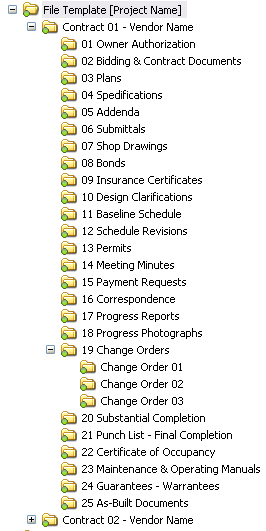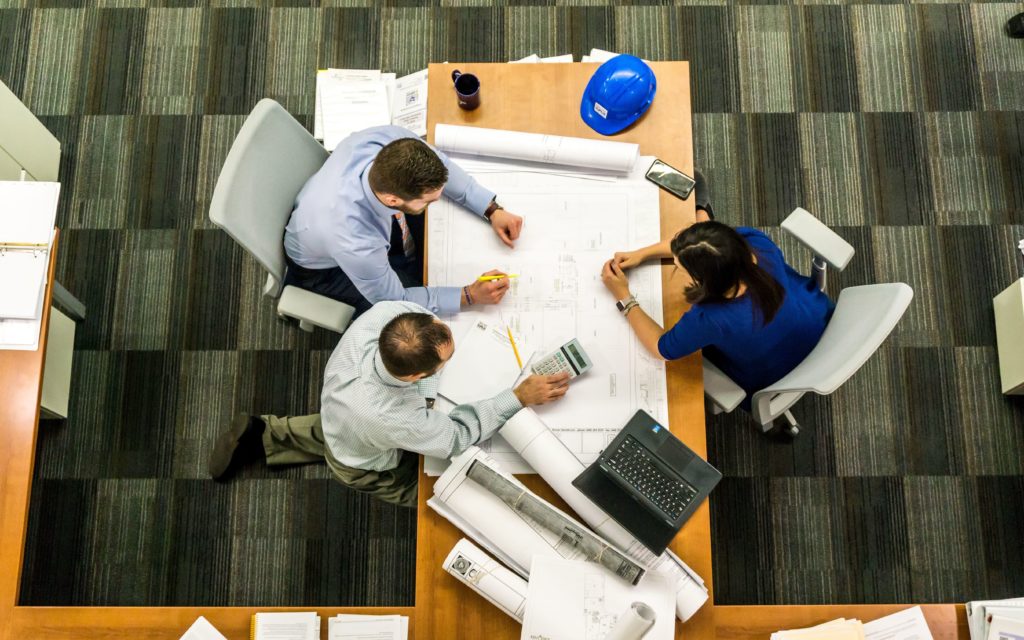Efficient Construction Document Management Solutions for each Project
Efficient Construction Document Management Solutions for each Project
Blog Article
Getting Seamless Project Delivery: Designer's Comprehensive Approach to Building And Construction Document Administration
One important aspect commonly undervalued is the monitoring of construction records, which offers as the foundation of every project. As engineers browse the complexities of execution, sychronisation, and layout, a detailed strategy to document monitoring arises as a cornerstone for achieving smooth task distribution.
Relevance of Construction Record Monitoring
Efficient building and construction paper administration plays a vital function in ensuring job success by assisting in smooth communication and organization throughout the building procedure. By maintaining updated and accurate building and construction records, designers can efficiently connect with service providers, subcontractors, and other stakeholders involved in the task. These papers work as a reference point for all parties, making sure that everybody is functioning from the very same set of information and minimizing the possibility of misunderstandings or mistakes.
Furthermore, building and construction record administration assists architects remain arranged by providing a central location for all project-related details, including illustrations, specifications, agreements, and document. When required, this organization enhances the decision-making process and permits for fast access to crucial task details. In addition, appropriate document monitoring can enhance task efficiency, reduce pricey hold-ups, and inevitably cause the successful conclusion of construction jobs. Designers who focus on construction file management established a strong structure for project success and show a dedication to providing premium results.
Key Aspects for Efficient Paperwork

Given the critical duty that exact and well organized building and construction documentation plays in making certain task success, it is vital to determine vital components that add to efficient documents administration. Clear and succinct interaction is extremely important. All stakeholders must understand the documentation requirements and have the ability to accessibility and analyze the information quickly. Developing standardized themes and methods guarantees uniformity across all job papers. This includes calling conventions, documents frameworks, and alteration control to stop errors and confusion. Regular testimonials and updates are important to keep documents current and reflective of the project's progression. This technique aids determine any type of disparities or changes that need to be dealt with quickly. Implementing a robust record management system that permits for version control, accessibility limitations, and audit tracks significantly improves the company and security of task documents. By incorporating these key elements into construction record monitoring practices, designers can streamline processes, decrease mistakes, and inevitably add to the effective shipment of jobs.
Utilizing Modern Technology for File Organization
Leveraging innovative electronic tools and software systems contributes in boosting the organization and access of construction paperwork. Building firms can improve their record monitoring processes by applying specialized software application developed for the construction sector. These tools use attributes such as variation control, cloud storage space, and joint editing abilities, making it possible for employee to service papers all at once and making certain everyone has access to the most up-to-date info.
One trick benefit of making use of modern technology for file organization is the capability to develop a centralized database for all project-related files. By keeping files in a secure electronic setting, engineers can conveniently look, get, and share info with stakeholders, decreasing the risk of version problems or misplaced documents. Furthermore, advanced software application services commonly incorporate metadata tagging and indexing functionalities, allowing individuals to categorize files efficiently and fetch them promptly when needed.
Joint Methods With Task Teams
To maximize job results, engineers need to embrace collaborative approaches when dealing with project teams to make certain seamless communication and coordination throughout the building process. Partnership with task groups is essential for architects to efficiently handle building and construction projects. construction document management. By cultivating open communication and teamwork amongst all stakeholders, architects can simplify decision-making procedures, address potential problems proactively, and ensure that everyone is aligned with the task objectives
Architects should establish clear lines of interaction with engineers, professionals, customers, and other crucial staff member from the beginning of the project. Regular meetings, development updates, and feedback sessions need to be set up to maintain every advice person educated and engaged. Utilizing collective task monitoring tools can also promote real-time info sharing and file cooperation, enhancing transparency and effectiveness.

Finest Practices for File Variation Control

Verdict
In final thought, effective construction record administration is essential for accomplishing seamless job distribution (construction document management). It is critical for architects to carry out best practices in document management to effectively navigate the complexities of building and construction jobs.
Effective building record administration plays a vital duty in guaranteeing task success by helping with seamless interaction and company throughout the building procedure. Additionally, proper record monitoring can boost project performance, reduce pricey read here hold-ups, and inevitably lead to the successful conclusion of building and construction projects.To enhance task outcomes, engineers should accept collaborative methods when functioning with job groups to make sure seamless interaction and control throughout the construction process. Partnership with task teams is necessary for designers to successfully take care of building more helpful hints and construction jobs.In the realm of joint construction task administration, keeping specific control over record variations stands as an essential practice for making sure job integrity and communication.
Report this page